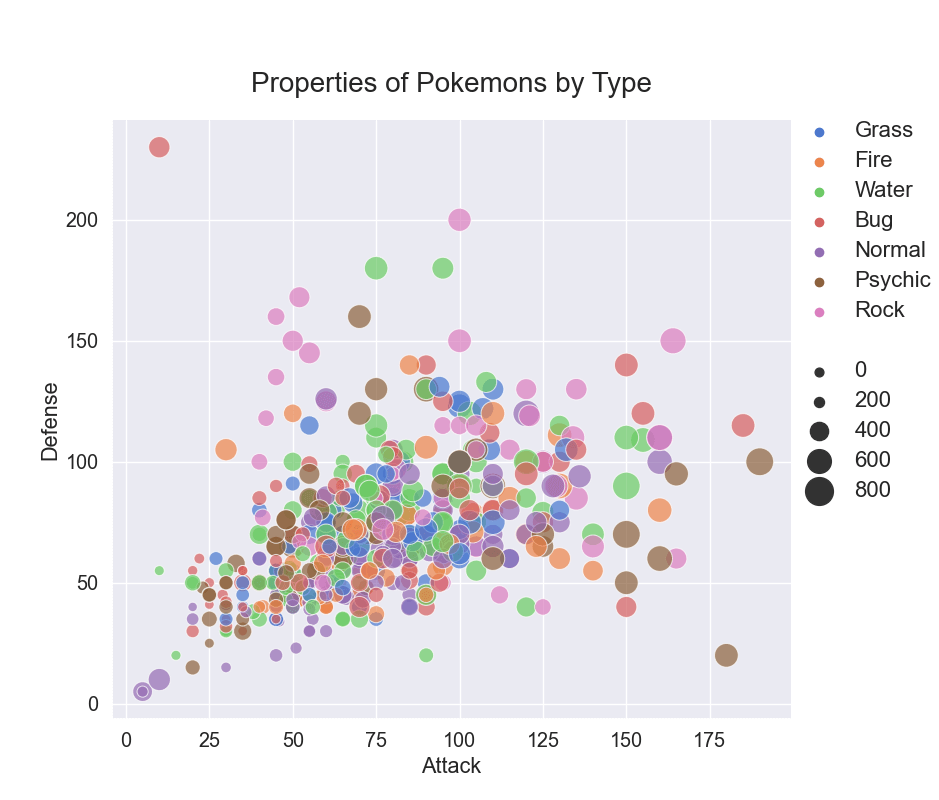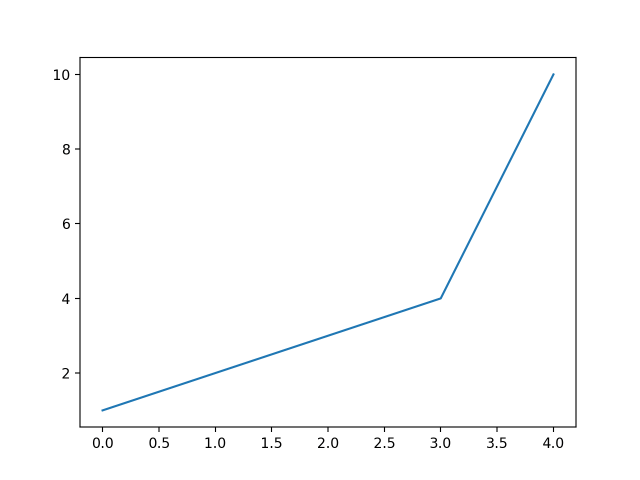
- Thin line scatter plot matplotlib how to#
- Thin line scatter plot matplotlib code#
Ggplot(wdata, aes(x = weight)) + geom_density() In the following example, the function geom_density() does the same as the function stat_density(): # Use geometry function In this case, an alternative way to build a layer is to use stat_*() functions. Note that, some plots visualize a transformation of the original data set. The function aes_string() can be used as follow: ggplot(mtcars, aes_string(x = "wt", y = "mpg")) + Ggplot(data = mtcars, aes(x = wt, y = mpg)) + aes_string() is particularly useful when writing functions that create plots because you can use strings to define the aesthetic mappings, rather than having to use substitute to generate a call to aes() # Basic scatter plot An alternative option is the function aes_string() which generates mappings from a string.



The function aes() is used to specify aesthetics. To demonstrate how the function ggplot() works, we’ll draw a scatter plot. Geometry: the type of plots ( histogram, boxplot, line, density, dotplot, bar, …).Aesthetics: used to specify x and y variables, color, size, shape, ….Recall that, the concept of ggplot divides a plot into three different fundamental parts: plot = data + Aesthetics + geometry.
Thin line scatter plot matplotlib how to#
This section describes briefly how to use the function ggplot().
The more powerful and flexible function to build plots piece by piece: ggplot(). The quick and easy-to-use function: qplot(). Thin line scatter plot matplotlib code#
Many examples of code and graphics are provided.Īs mentioned above, there are two main functions in ggplot2 package for generating graphics: This document describes how to create and customize different types of graphs using ggplot2.
ggsave(“plot.png”, width = 5, height = 5), which saves the last plot in the current working directory. last_plot(), which returns the last plot to be modified. The generated plot can be kept as a variable and then printed at any time using the function print().Īfter creating plots, two other important functions are: The ggplot() function is more flexible and robust than qplot for building a plot piece by piece. qplot() is a quick plot function which is easy to use for simple plots. Two main functions, for creating plots, are available in ggplot2 package : a qplot() and ggplot() functions. Geometry corresponds to the type of graphics ( histogram, box plot, line plot, density plot, dot plot, ….). It can also be used to control the color, the size or the shape of points, the height of bars, etc…. Aesthetics is used to indicate x and y variables. The principal components of every plot can be defined as follow: The gg in ggplot2 means Grammar of Graphics, a graphic concept which describes plots by using a “grammar”.Īccording to ggplot2 concept, a plot can be divided into different fundamental parts : Plot = data + Aesthetics + Geometry. Plt.Ggplot2 is a powerful and a flexible R package, implemented by Hadley Wickham, for producing elegant graphics. The following code shows how to create multiple lines with different thicknesses and create a legend that displays the the thickness of each line accordingly: import matplotlib. pyplot as pltĮxample 3: Adjust Line Thickness in Legends The following code shows how to adjust the thickness of multiple lines at once: import matplotlib. #create line plot with line width set to 3Įxample 2: Adjust the Thickness of Multiple Lines Import numpy as np #define x and y values The following code shows how to create a simple line chart and set the line width to 3: import matplotlib. Example 1: Adjust the Thickness of One Line 
This tutorial provides several examples of how to use this function in practice. (x, y, linewidth=1.5)īy default, the line width is 1.5 but you can adjust this to any value greater than 0. You can easily adjust the thickness of lines in Matplotlib plots by using the linewidth argument function, which uses the following syntax:








 0 kommentar(er)
0 kommentar(er)
